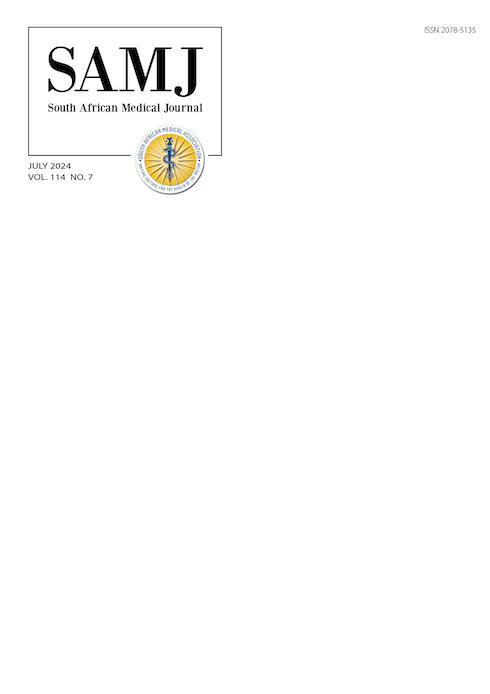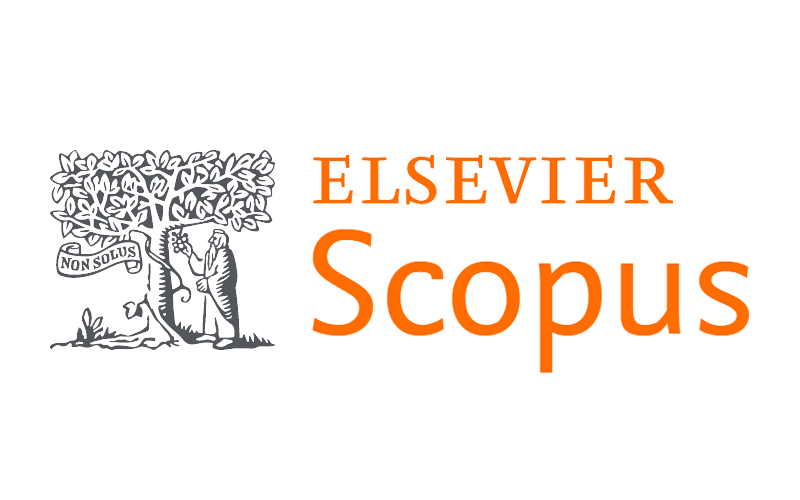Time to be seen and heard: Including children’s and adolescents’ voices in the South African TB response
DOI:
https://doi.org/10.7196/SAMJ.2024.v114i17.2040Keywords:
tuberculosis , TB, Childhood TB, inclusion, vaccine, policy, TB treatmentAbstract
Ciara Goslett’s account of childhood tuberculosis (TB) sheds light on the challenges faced by children diagnosed with TB in South Africa (SA). Children are particularly vulnerable to TB infection and to dangerous forms of disseminated TB such as TB meningitis, which can cause death or major lifelong disability. They have distinct challenges with diagnosis, and TB treatment for adults is not necessarily child- friendly. In the absence of a child-friendly formulation, adult tablets are broken into the correct dosage and used to treat children. Crushed and dissolved in water, the pieces are not very palatable for children. There are therefore issues that may be neglected if the voices of children are not included in the TB response in SA. These include delays in the development and accessibility of child-friendly medication, vaccine shortages and a lack of educational support for hospitalised children under school-going age. Some positive progress has been made through the establishment of the paediatric working group in the TB Think Tank, and SA’s contribution to pivotal childhood TB research studies. Additional steps could be the inclusion of children’s feedback in community-led monitoring efforts and engagement between child TB activists and the SA TB Caucus, a collective of parliamentarians.
References
Lancet. The emerging voices of youth activists. Lancet 2019;393(10183):1774. https://doi.org/10.1016/ S0140-6736(19)30991-2
United Nations. Convention on the Rights of the Child. New York: UN, 1989. https://www.ohchr.org/ en/instruments-mechanisms/instruments/convention-rights-child (accessed 15 June 2024).
Du Preez K, Jenkins HE, Donald PR, et al. Tuberculous meningitis in children: A forgotten public health emergency. Front Neurol 2022;13:751133. https://doi.org/10.3389/fneur.2022.751133
World Health Organization. Roadmap towards ending TB in children and adolescents. 3rd ed. Geneva: WHO, 2023. https://www.who.int/publications/i/item/9789240084254 (accessed 15 June 2024).
WorldHealthOrganization.GlobalTuberculosisReport2023.Geneva:WHO,2023.https://www.who.int/ teams/global-tuberculosis-programme/tb-reports/global-tuberculosis-report-20 (accessed 15 June 2024). 6. United Nations General Assembly. Seventy-eighth session agenda item 125: Global health and foreign
policy draft resolution submitted by the President of the General Assembly. New York: UN, 2023.
https://www.stoptb.org/file/16959/download (accessed 18 March 2024).
Minister Joe Phaahla: South Africa’s country statement the high-level meeting on tuberculosis.
South African Government, 2023. https://www.gov.za/news/speeches/minister-joe-phaahla-south-
africa%E2%80%99s-country-statement-high-level-meeting-tuberculosis (accessed 18 March 2024).
TB Alliance. Child Friendly TB Medicines. https://www.tballiance.org/sites/default/files/child-resources/
Fact%20Sheet-TB%20Alliance%20Pediatric.pdf (accessed 18 March 2024).
TB Alliance. TB Alliance and partners announce world’s first availability of appropriate, child-friendly
TB medicines in correct doses. TB Alliance, 2015 (accessed 18 March 2024).
TB Alliance. New milestone for children with tuberculosis reached as one million treatments of child- friendly medicines are ordered. TB Alliance, 2019. https://www.tballiance.org/news/one-million-
child-friendly-tuberculosis-medicines (accessed 15 June 2024).
South African Health Products Regulatory Authority. Final Package Insert. SAHPRA, 2018. https://
www.sahpra.org.za/wp-content/uploads/2019/08/Co-Afaris-Paed_PI_Macleods_MCC-format-26-
October-2018.pdf (accessed 30 September 2022).
National Department of Health. Circular: Paediatric TB FDC weight-band dosing tables 24
June 2021 notice: Availability of paediatric fixed-dose formulations for management of drug- sensitive tuberculosis. Pretoria: NDoH, 2021. https://www.knowledgehub.org.za/system/files/ elibdownloads/2021-06/Circular%20Paediatric%20TB%20FDCs-dosing%20tables_June2021_ Final.pdf (accessed 19 March 2024).
Trunz BB, Fine P, Dye C. Effect of BCG vaccination on childhood tuberculous meningitis and miliary tuberculosis worldwide: A meta-analysis and assessment of cost-effectiveness. Lancet 2006;367(9517):1173-1180. https://doi.org/10.1016/s0140-6736(06)68507-3
Du Preez K, Seddon JA, Schaaf HS, et al. Global shortages of BCG vaccine and tuberculous meningitis in children. Lancet Glob Health 2019;7(1):e28-e29. https://doi.org/10.1016/S2214-109X(18)30474-1
Tomlinson C. TB treatment to be shortened to 4 months for most kids. News24, 22 September 2022.
https://www.news24.com/news24/health/tb-treatment-to-be-shortened-to-4-months-for-most-
kids-20220916 (accessed 19 March 2024).
UNAIDS. Establishing community-led monitoring of HIV services – principles and process.
UNAIDS, 2021. https://www.unaids.org/sites/default/files/media_asset/establishing-community- led-monitoring-hiv-services_en.pdf. (accessed 19 March 2024). Constitution of the Republic of South Africa. Chapter 2: Bill of Rights. 1996. https://www.justice.gov.za/legislation/constitution/ SAConstitution-web-eng-02.pdf (accessed 15 June 2024).
Downloads
Published
Issue
Section
License
Copyright (c) 2024 C Goslett, K du Preez, G Hendricks, A Best

This work is licensed under a Creative Commons Attribution-NonCommercial 4.0 International License.
Licensing Information
The SAMJ is published under an Attribution-Non Commercial International Creative Commons Attribution (CC-BY-NC 4.0) License. Under this license, authors agree to make articles available to users, without permission or fees, for any lawful, non-commercial purpose. Users may read, copy, or re-use published content as long as the author and original place of publication are properly cited.
Exceptions to this license model is allowed for UKRI and research funded by organisations requiring that research be published open-access without embargo, under a CC-BY licence. As per the journals archiving policy, authors are permitted to self-archive the author-accepted manuscript (AAM) in a repository.
Publishing Rights
Authors grant the Publisher the exclusive right to publish, display, reproduce and/or distribute the Work in print and electronic format and in any medium known or hereafter developed, including for commercial use. The Author also agrees that the Publisher may retain in print or electronic format more than one copy of the Work for the purpose of preservation, security and back-up.





